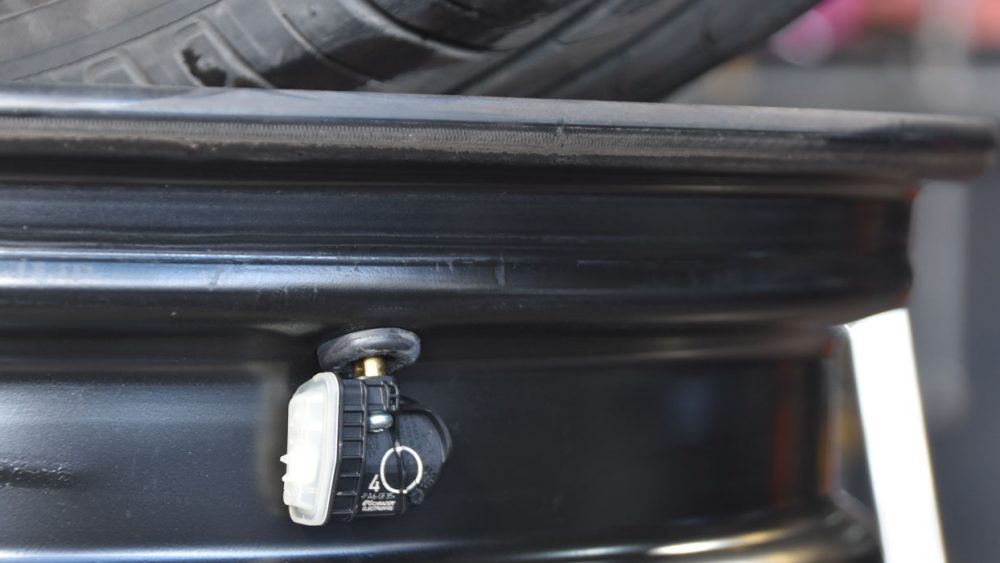
A lot has changed since the first two programmable TPMS sensors were released into the market by Schrader in 2009 and since the single SKU sensor was introduced in 2015. Going from owning a complete OE replacement (OER) inventory with dozens of sensors to a one-sensor inventory was revolutionary to the aftermarket. The early adopters felt immediate relief, saving their inventories from stock management issues and significantly increasing their inventory turns.
Now, new TPMS brands and programmable sensors seem to pop up daily, and perhaps the only other product keeping up with the change is TPMS programming tools. Tool manufacturers are also working steadily to come up with the latest and greatest features and chipping away at the time it takes to service TPMS. There are many tools on the market that also program multiple sensor brands. But, the influx of sensor options has brought us a whole new commodity: locked programming tools—a lower-cost option that programs only a single sensor brand. For example, “Brand A tool” can only program “Brand A sensors.”
As shops continue to explore their options for programmable sensor partners and decrease their sensor inventory, they now find themselves collecting multiple programming tools along the way. In many cases, shops can end up with five-plus tools from different companies, each programming only a single sensor brand. Some of these tools eventually end up as expensive paper weights. The question is: How do you prevent this proliferation at your shop?
- Do your homework. Identify OE sensor brands that can be programmed by OE TPMS tool makers and their many models. Which manufacturers are committed to TPMS into the future?
- Question the coverage of a sensor before committing to a locked tool. If that sensor doesn’t cover at least 95% of the market, you will inevitably be purchasing another tool in the future for another sensor brand to fill in your coverage gaps.
- Commit to locked tools once you find your long-term sensor partner. Locked tools are often sold at a lower cost and in convenient bundle packages, so don’t rule them out. Just make sure you are working with a trustworthy and credited sensor manufacturer and are ready to commit to it for a while.
- Know the tool manufacturer. In many (or even most) cases, the sensor manufacturer may private label with a well-known brand. Whoever the tool manufacturer is, they should be held to the same high, OE-quality standards as the sensor manufacturer. The only thing worse than having way too many tools that you can’t use, is having a whole bunch of them that don’t work properly or efficiently in the first place.
Regardless of the tool you use, it is still the sensor that leaves with the customer and will return for service. In addition to finding a tool that works with many sensors, it is equally, if not more, important to find a sensor that works with many tools. Ultimately, your best bet is to find a single SKU programmable sensor that, in partnership with the tool maker, provides proven, sustainable products, held to high OE-quality standards. This makes the tool easy to use and results in fewer, if any, comebacks and no need to continuously shop for a new sensor partner.
"avoid it" - Google News
May 14, 2021 at 07:09PM
https://ift.tt/3btemVj
TPMS TPMS Tool Proliferation: Why It Happens, How to Avoid it - Tire Review
"avoid it" - Google News
https://ift.tt/3844a1y
https://ift.tt/2SzWv5y

No comments:
Post a Comment